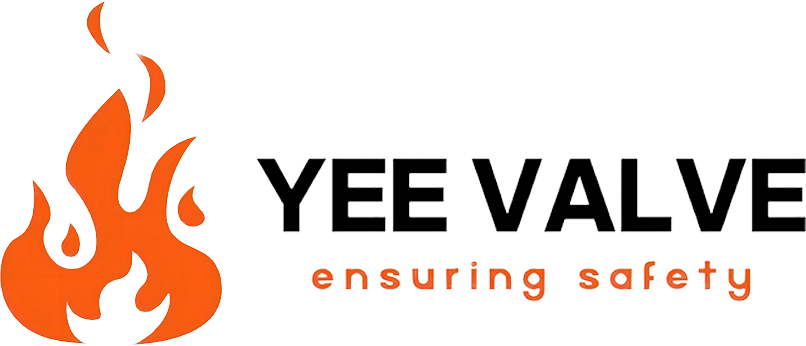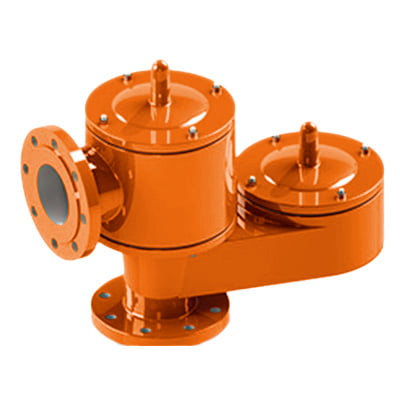Para dimensionar adequadamente uma válvula de respiração, siga estas etapas:
Etapa 1. Determine as especificações do tanque
- Meça o diâmetro do tanque e a altura.
- Identifique a localização do tanque e as condições ambientais às quais ele será exposto.
- Colete a folha de dados de segurança do material (MSDS) para a mídia armazenada no tanque, que inclui:
*Ponto de flash de mídia
*Ponto de ebulição de mídia
*Calor latente de vaporização
*Massa molecular relativa de vapor.
Etapa 2. Calcule as taxas de fluxo máximo
Estabeleça a taxa máxima de enchimento do tanque (em metros cúbicos por hora).
Estabeleça a taxa máxima de esvaziamento do tanque (em metros cúbicos por hora).
Etapa 3. Defina os requisitos de pressão e vácuo
*Determine a pressão interna definida (no MBAR) que a válvula deve liberar.
*Determine a pressão de vácuo definida (em MBAR) que a válvula deve manusear.
*Considere a temperatura definida e especifique se o tipo de ventilação estará fora de tubo ou atmosférico.
Etapa 4. Selecione o tamanho da válvula
*Com base nas taxas de fluxo necessárias e nas pressões definidas, use cálculos apropriados para determinar o tamanho da válvula. Utilize padrões como API 2000 ou ISO 28300 para diretrizes precisas de dimensionamento. Muitos fabricantes fornecem software de dimensionamento ou gráficos para ajudar na seleção do tamanho correto da válvula.
*O tamanho da válvula pode variar de 2 "a 12" (50 a 300 mm), dependendo dos requisitos de aplicação e cálculos de fluxo.
Etapa 5. Material e recursos adicionais
*Choose the valve material based on the media’s compatibility and environmental conditions. Options include aluminum, ductile iron, stainless steel, carbon steel, and various alloys.
*Considere recursos adicionais, como revestimentos protetores, sensores de alarme ou projetos especiais (por exemplo, presos de chama, mecanismos carregados de mola ou carregados de peso) conforme necessário para aplicações específicas.
Etapa 6. Utilize o suporte do fabricante
Se o tamanho não estiver claro, muitos fabricantes oferecem um serviço de dimensionamento de válvulas para fornecer desempenho ideal da válvula e especificações técnicas econômicas. Oferecemos serviços de dimensionamento e cálculo adaptados a requisitos específicos do cliente.
Seguindo estas etapas, você pode garantir que a válvula de respiro seja de tamanho corretamente para o seu aplicativo, fornecendo proteção eficaz contra condições de pressão e vácuo em seus tanques de armazenamento.


Válvula de respiro vs válvula de alívio de pressão PRV
Todos sabemos que escolher a válvula certa é importante para garantir segurança e eficiência [...]
Agosto
Procedimento de teste da válvula de respiro
Em sistemas de tanques industriais, a válvula de respiro é um componente chave para garantir que [...]
Agosto
3 etapas simples para selecionar rapidamente a válvula de respiro correta
YeeValve é uma divisão especializada da THINKTANK que fabrica válvulas de respiro. Oferecemos consultoria gratuita [...]
Agosto
Serviço e suporte técnico
1. Assistência Técnica Yee Valve oferece orientação especializada para seleção, instalação e manutenção de válvulas. Clientes [...]
Poderia
Lista de verificação do pedido
Quando você faz um pedido para Yee Valve aqui estão os passos que você deve seguir
Poderia
Como dimensionar a válvula de respiro?
Para dimensionar adequadamente uma válvula de respiro, siga estas etapas: Etapa 1. Determine as especificações do tanque Meça [...]
Poderia